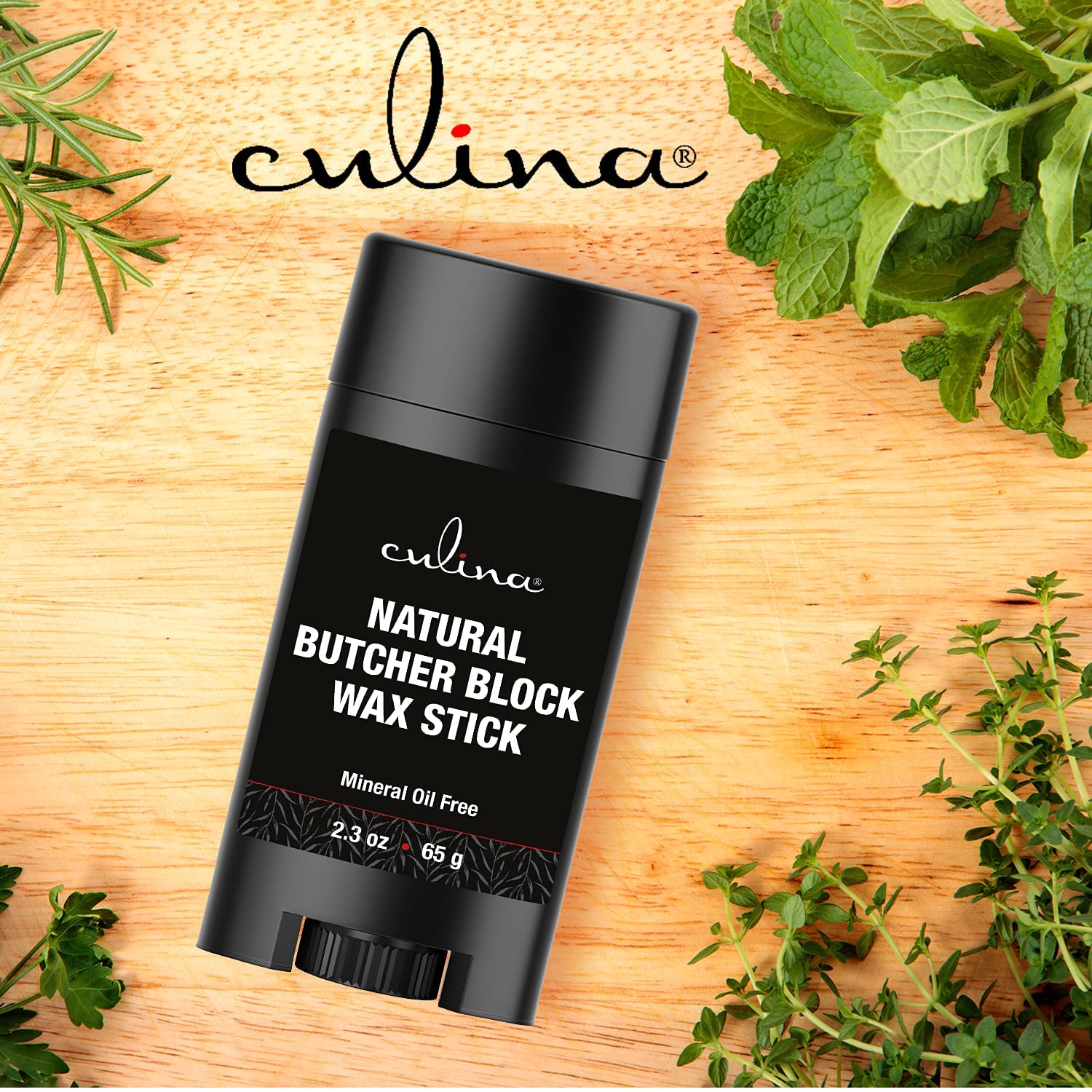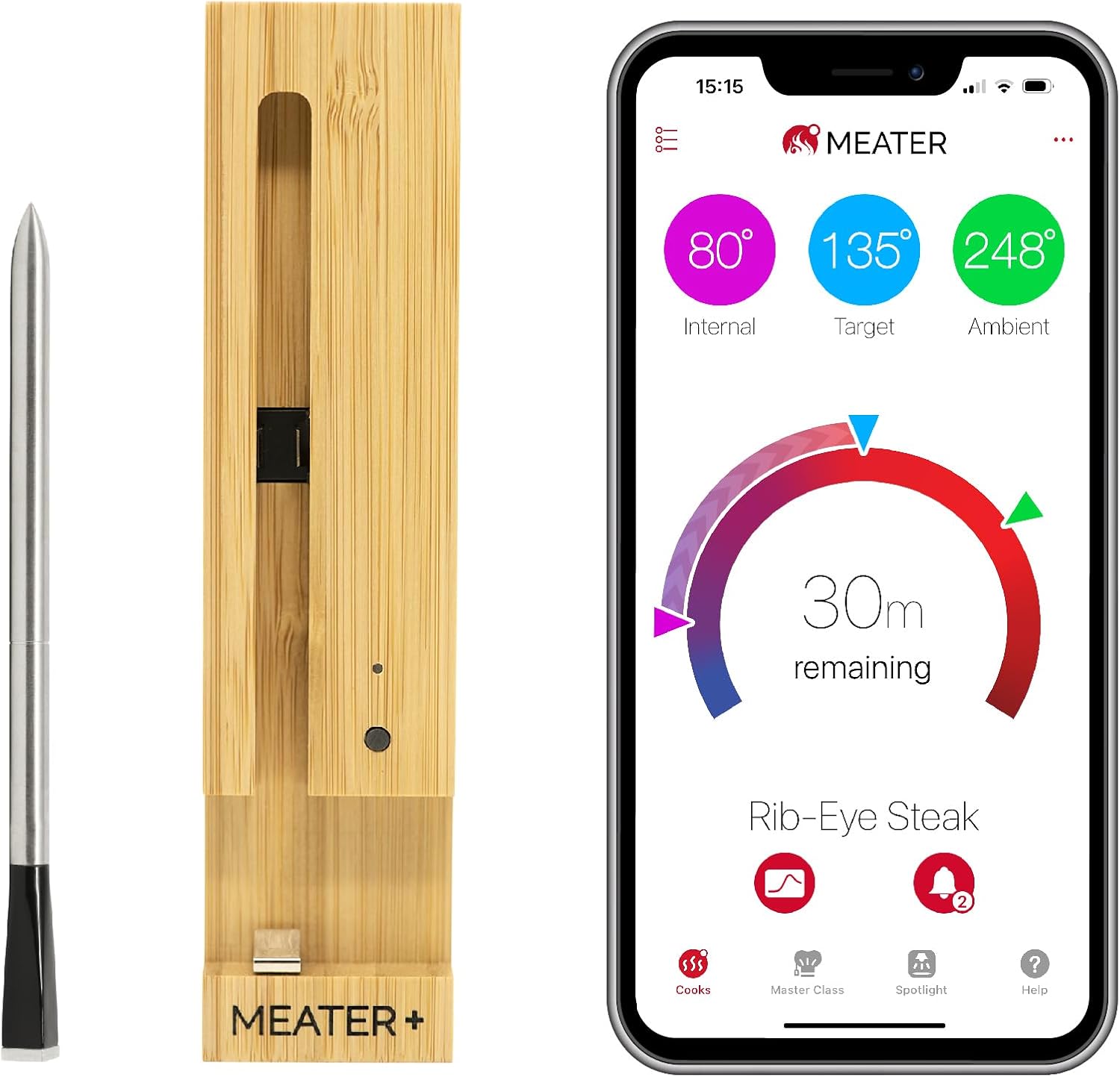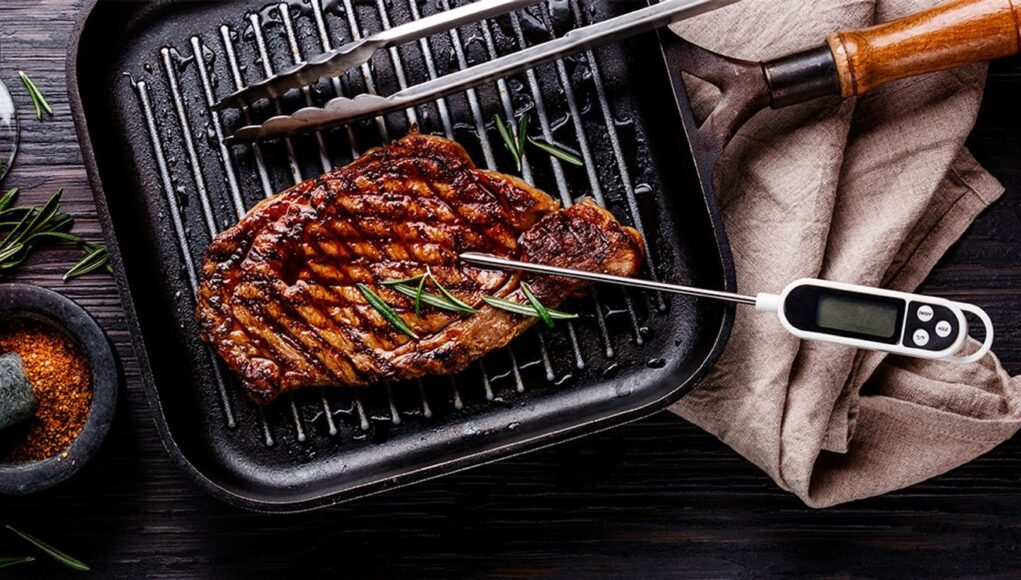The proper handling of a meat thermometer after use is crucial for ensuring food safety and maintaining the longevity of your tool. Whether you are a professional chef or a home cook, understanding how to effectively take care of your thermometer is essential. A thermometer can be a pivotal tool in ensuring meat is cooked to a safe temperature, avoiding foodborne illnesses. In this article, we will discuss the importance of handling your meat thermometer correctly and provide comprehensive steps on how to do so.

The Importance of Handling a Meat Thermometer Correctly
Food safety is paramount in any kitchen. One of the key tools in achieving this is the meat thermometer. But the effectiveness of this tool goes beyond just using it. Proper handling after use ensures the device can be used repeatedly without spreading bacteria.
Preventing Cross-Contamination
After using a meat thermometer, it’s covered in juices that can harbor bacteria. Therefore, it’s essential to clean it thoroughly to prevent cross-contamination. Improperly handled thermometers can transfer bacteria from one piece of meat to another, potentially leading to foodborne illnesses.
:max_bytes(150000):strip_icc()/how-to-use-meat-thermometer-GettyImages-1330139635-91da8d92d7ab4711aa195e6f674ed7ac.jpg)
Step-by-Step Guide to Handling a Meat Thermometer After Use
Step 1: Remove the Thermometer Correctly
Once you’ve checked the meat’s internal temperature, carefully remove the thermometer. Avoid touching the hot probe with your bare hands. Instead, use a glove or a cloth to protect your fingers from burns.
Step 2: Rinse the Probe Immediately
Once removed, rinse the thermometer probe under hot water. This initial rinse helps to remove some of the meat juices and reduces the bacteria load on the device before a proper wash.
Step 3: Use Warm Soapy Water
Next, use warm soapy water to thoroughly clean the thermometer. Pay attention to all surfaces, especially the probe, as its the part that comes into direct contact with food. A small brush can help you reach any crevices.
Step 4: Rinse and Sanitize
After washing with soap, rinse the thermometer with clean water. To ensure it’s free from bacteria, you can also sanitize it. Dip the probe in a sanitizing solution such as diluted bleach or use an alcohol wipe to disinfect it properly.
Step 5: Dry Properly
Once the thermometer is clean and sanitized, dry it thoroughly with a clean towel or let it air dry. Proper drying is important to prevent any moisture from fostering bacteria growth.
Step 6: Store Safely
Store your meat thermometer in a clean and dry place. Some thermometers come with a protective case which helps keep the probe clean when not in use.

Best Practices for Prolonged Thermometer Lifespan
Avoiding Physical Damage
Handle your meat thermometer with care. Avoid dropping it or subjecting it to physical shock, as this can affect its accuracy. Store it in a safe place where it wont be knocked or crushed.
Regular Calibration
Its also important to calibrate your thermometer regularly to ensure it maintains accuracy. Refer to the manufacturer’s instructions on how to properly calibrate your specific device.
Maintenance Tips
Consider checking the battery life regularly if youre using a digital thermometer. Replace batteries as needed to maintain functionality. For dial thermometers, ensure the dial is not damaged and is reading accurately.
Conclusion
Properly handling and maintaining your meat thermometer not only ensures food safety but also extends the life of this indispensable kitchen tool. By following the steps outlined above, you can prevent cross-contamination and ensure your meals are safe and delicious. Remember, a clean thermometer is a reliable thermometer.
FAQ
How often should I sanitize my meat thermometer?
Sanitize your meat thermometer after every use to ensure it’s free from bacteria and safe for subsequent uses.
Can I use the same thermometer for different types of meat?
Yes, but ensure you clean and sanitize the thermometer thoroughly between each use to prevent cross-contamination.
What should I do if my thermometer gets damaged?
If your thermometer is damaged, it may not provide accurate readings. Its best to replace it to ensure food safety.
For more detailed information on using a meat thermometer effectively, you can visit ThermoPro.
For related tips, you can check out: microwave time, recipes, or griddle cooking.
As an Amazon Associate, I earn from qualifying purchases.









